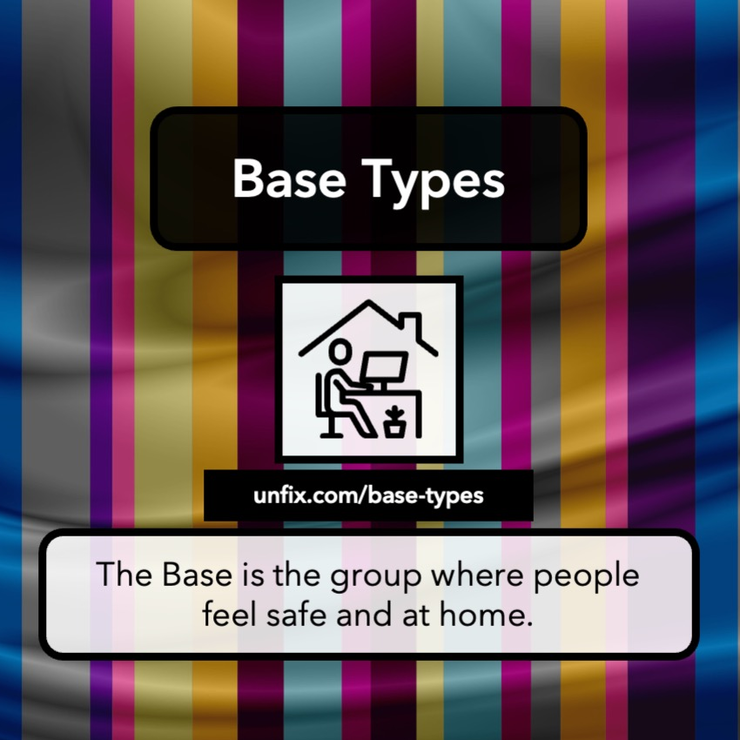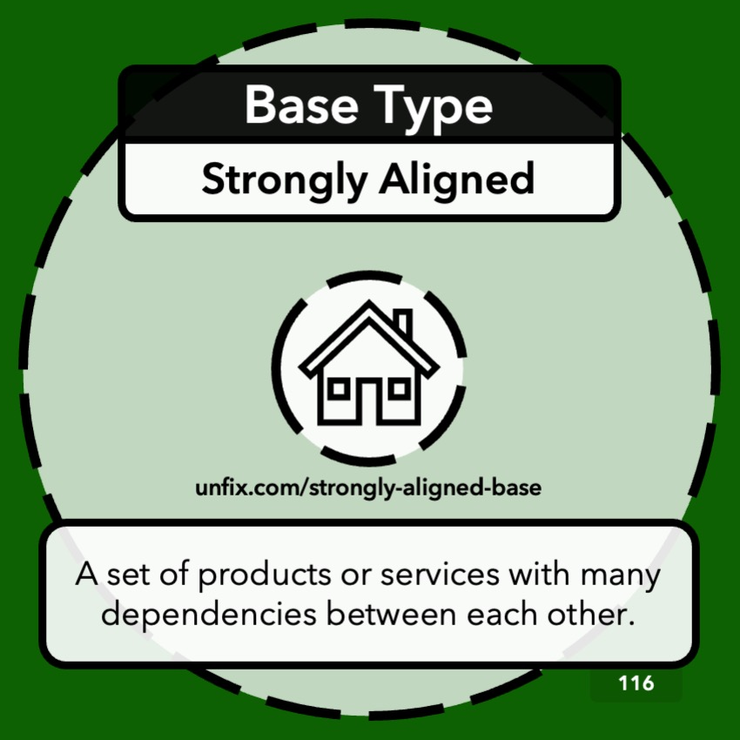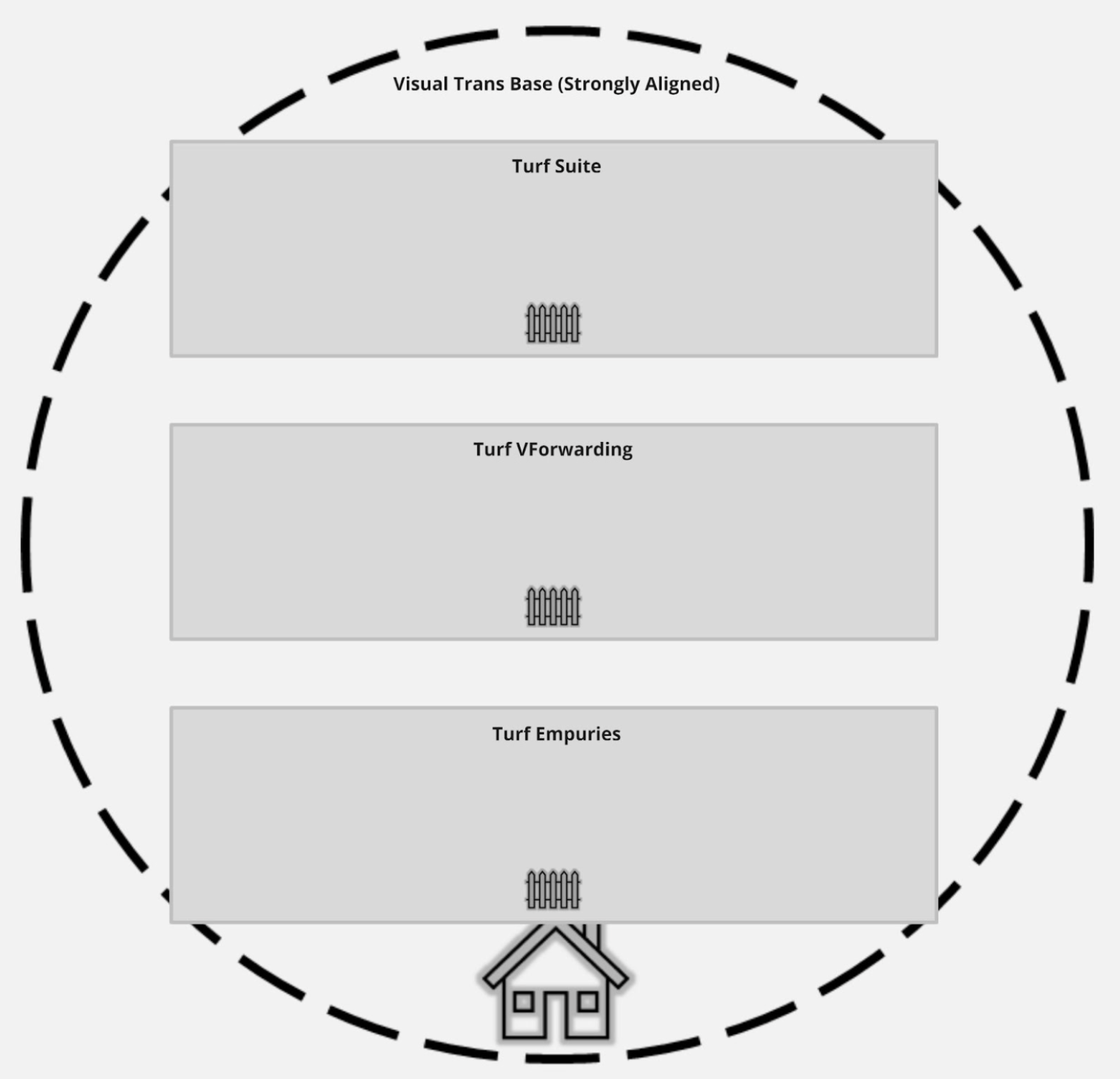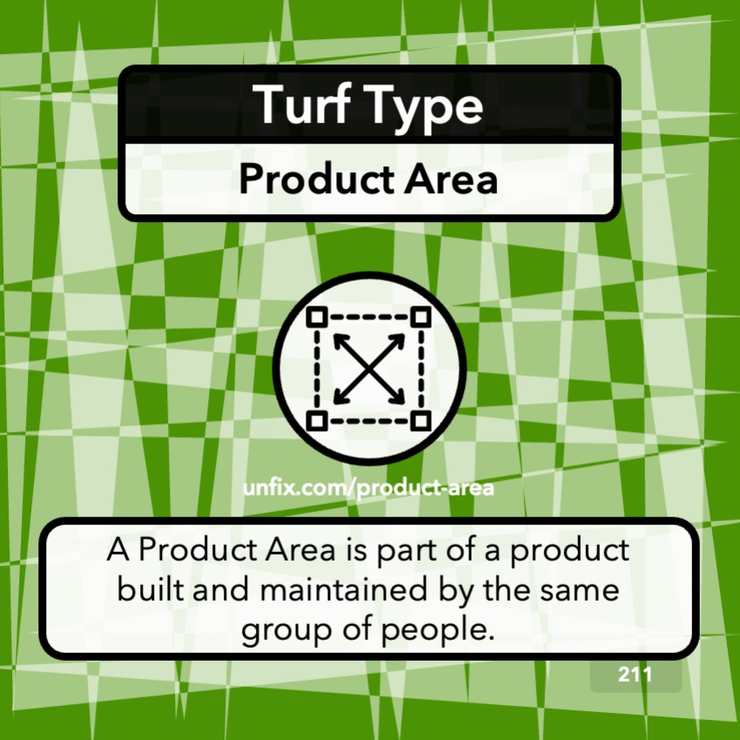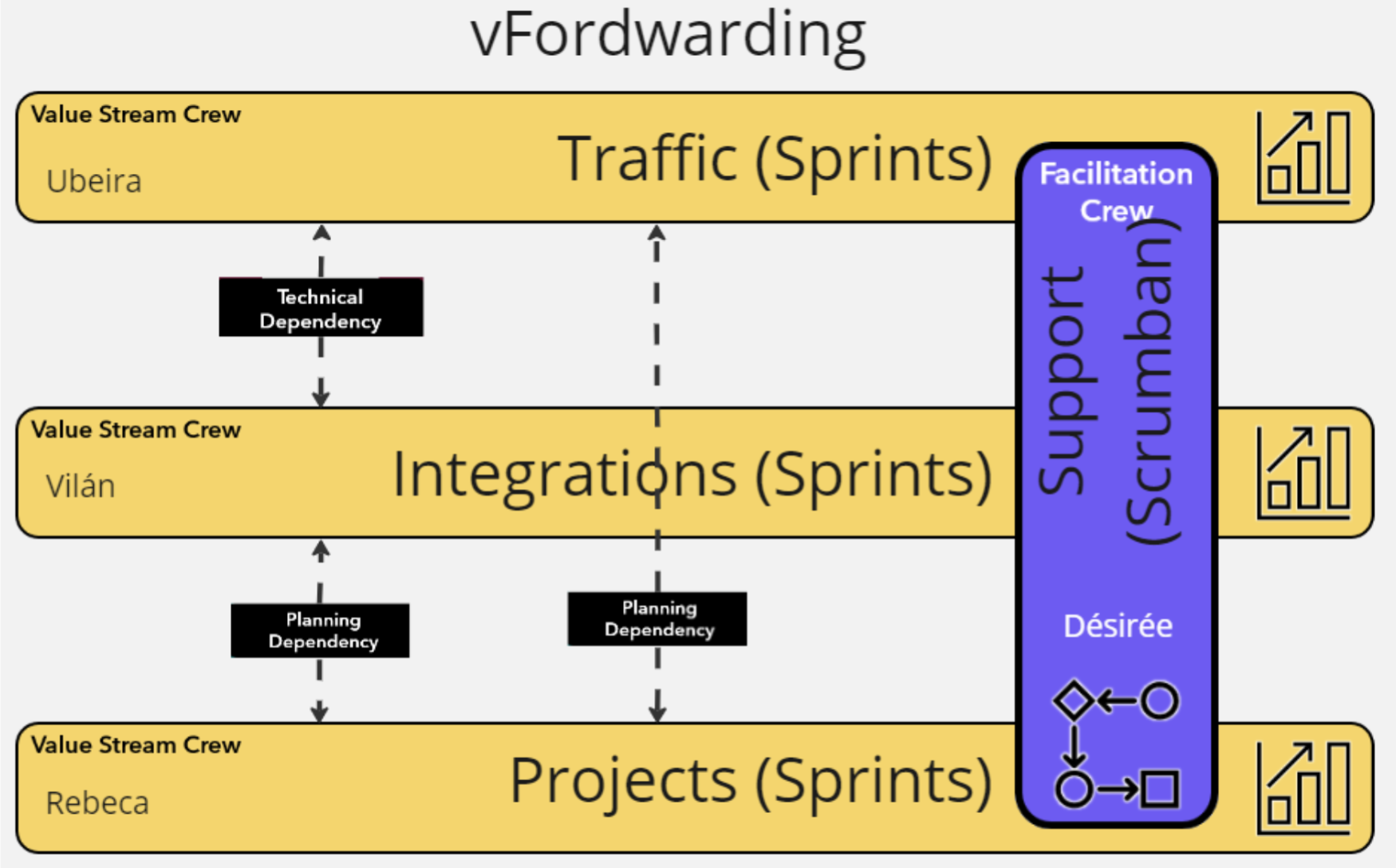unFIX Visual MS with Product Area Turfs
Author: Javier Garzas, Ph.d.
This article presents a case study that analyzes the patterns collected by the unFIX model, a pattern library for Agile Organizational Design, in the context of the MS Visual Group.
Visual MS is a Spanish business software development group with 114 employees, focused on solutions for sectors such as transit, consignment, customs, and logistics.
This study explores the application of unFIX patterns in the structure and dynamics of Visual MS, a group that highlights the importance of psychological safety and the sense of belonging, two fundamental aspects in unFIX, creating a special synergy of the model with the organization.
Javier Garzás, of 233Academy.com and ThisIsTheAgileWay.com, has been co-leading the Agile transformation of Visual MS for over 10 years. He writes this case study in recognition of the excellent work done by all the Vimis (employees of Visual MS) in the constant evolution of an Agile culture over the years.
Introduction
unFIX is a recent model, a library of patterns for Agile Organizational Design, Continuous Innovation and Improvement of the Human Experience.
Developed by Jurgen Appelo (creator of Management 3.0 (Appelo, 2011)), it is a catalog of patterns (Alexander et al., 1977) (Garzás & Piattini, 2003) of organizational design (good practices for typical organizational problems) inspired by various concepts and models such as Value Stream, Product Experience, Dynamic Reteaming (Helfand, 2020), Team Topologies (Skelton & Pais, 2019), and so on.
It is important to clarify that unFIX is not an agile framework or methodology; it is a model specifically for the organizational design, which offers organizations patterns to build their own organizational design.
Although rooted in agile principles, unFIX is a dynamic model that harmonizes a variety of diverse practices, theories and designs, facilitating adaptability and customization to meet the specific needs of each organization.
This article presents a case study (Wohlin & Rainer, 2022) that examines the application of the unFIX Agile Organizational Design patterns (unFIX, 2023) (for a summary of the model in Spanish visit (Garzás, 2023)) in the context of the MS Visual Group (https://visualms.com/).
Visual MS, founded in 1999 and with a staff of 114 people, is a leading business software development company in Spain. Its solutions are essential for various sectors, such as online events, business application development, transportation, shipping, customs, and logistics.
Next, we will explore the main patterns of unFIX in the organizational structure and dynamics of Visual MS, a group that highlights the relevance of addressing psychological safety and the sense of belonging in the organization, two fundamental aspects in unFIX, generating a special synergy of the model with the organization.
The Crowd: The MS Visual Group
The Crowd pattern, in unFIX terminology, is a large group of people who come together and share experiences. It is the largest group, with which people identify and develop their careers.
The Visual MS Group was born in 1999 and is configured as a group of companies dedicated to the development of business software that share a common vision and values, highlighting, among them, the objective of exceeding one hundred years.
The main activity focuses on the development of software for sectors ranging from customs agents to prominent software development consultancies.
The Crowd Visual MS values act as guides and inspiration, they are not merely decorative, but are intrinsic elements in daily decision-making and actions.
People: The conviction that people who work with satisfaction provide the best.
Technologies: Stay at the forefront of technologies to innovate in software development.
Design: Adopt a design approach with a simple and pleasant style.
Profitability: Seek a 20% profitability that allows the creation of the desired future.
Once the unFIX Crowd pattern has been identified in the Visual MS group, it is time to delve into the Bases that make up the Crowd Visual MS.
Scaling Patterns in unFIX from Base to Crowd
The Bases: the divisions of Visual MS
In the unFIX Agile organizational design pattern library, the Base is the pattern that represents, among others, a business unit, a structure where people feel safe and at home.
The Visual MS Group is organized into three bases or business divisions: Visual Trans, Velneo, and Vidiv.
Visual Trans: It is made up of more than 60 people. With more than 20 years of experience, and presence in more than 25 countries, it is the leading Base in Spain in software solutions for freight forwarders, consignees, customs agents and logistics operators.
Velneo: Since 2005, a benchmark in the development of business applications in Spanish, it provides a Low-Code complete with which any company can create and maintain its applications in an agile, stable, and secure way.
Vidiv: Stands out as the leading platform for massive virtual and hybrid online events.
We have mapped the unFIX patterns to the total of Crowd Visual MS and its three Bases, however, to avoid extending this case study too much, below we dive into the detail of the largest Base of the group, which is Visual Trans, detailing the specific typology of this Base and breaking down its «Turfs» and "Crews."
unFIXing the Visual Trans Base
Base Type Card
With more than two decades, a presence in more than 25 countries, and made up of more than 60 professionals, the Visual Trans Base has consolidated its position as an outstanding leader in Spain in the development of specialized software solutions for key sectors such as freight forwarders, consignees, agents customs and logistics operators.
Visual Trans is a “Strongly Aligned Base”, that is, coordination is required between the Value Stream Teams, because the components they work on must form a cohesive whole. And, in this case, the value streams do not need to operate at the same cadence (for iterations and increments).
The Turfs: Suite, VForwarding, and Empuries
Turf in unFIX represents an area cultivated and protected by the people who form it; it generates a feeling of ownership and keeps the area free of risks and dangers.
The Trans Visual Base is subdivided into three Turfs, called Suite, VForwarding, and Empuries. Each of these Turfs plays a crucial role in the organizational structure, allowing the management and protection of specific areas of Visual Trans.
Turfs by Visual Trans
Turfs generate a feeling of responsibility for the same source code and product area.
And regarding the four types of Turf in unFIX (Team of Teams, House, Product Area and Business Unit), Visual Trans refers to a specific type of Product Area.
Turf Type Card: Product Area
A Product Area Turf is part of a product created and maintained by the same group of people.
Crews of Visual Trans Turfs
A Crew is defined as a small team with a specific mission and a well-defined objective.
There are several types of Crews, and in the Visual Trans Turfs, we can find the following:
Detail of the VForwarding Turf Crews
Value Stream Crew: Focused on optimizing and improving the organization's value chain. In Visual Trans, the Value Stream Crew are the predominant typology, and their focus is firmly rooted in delivering value to the customer. These teams play a vital role in optimizing the organization's value chain and ensuring that products and services meet customer needs and expectations effectively.
Facilitation Crew: Their mission is to facilitate collaboration and resolve any obstacles that may arise, typically in Value Stream teams. In Visual Trans, severalFacilitation Crew They have the mission of facilitating collaboration and removing obstacles. Furthermore, the “support” teams that collaborate with theValue Stream Crews They also play a crucial role in this work and are a special case highlighted in Visual Trans.
Experience Crew: Aimed at improving the general experience of customers and users, theExperience Crew in Visual MS. In particular, it stands out as a team aimed at improving the overall experience of customers and users. This approach goes beyond simply capturing customer needs; seeks to transform and enrich the experience that customers have with the solutions that Visual MS offers.
Partnership Crew: Responsible for managing and strengthening external alliances and collaborations. For years, Visual MS has maintained several Partnership Crews that play a critical role in managing and strengthening external alliances and collaborations. These teams are made up of experts in Agility, Business, Design, Communication, etc.
In the context of the Visual Trans Base, we can find almost all of these typologies of Crews to meet the specific objectives of Visual Trans and contribute to the overall success of the Visual MS Group.
Conclusion
The case study presented in this article sheds light on the successful application of unFIX’s patterns at Visual MS, a prominent enterprise software development company in Spain.
From this research, several key conclusions can be drawn:
Relevance of Agile Culture: The implementation of unFIX patterns in Visual MS highlights the importance of cultivating an agile culture in the enterprise. Adaptability and organizational agility become essential elements for innovation and competitiveness in a constantly changing business environment.
Synergy with the Organization: The study reveals that unFIX foundations, such as psychological safety and a sense of belonging, generate a special synergy with the structure and dynamics of Visual MS. This demonstrates how a conscious approach to human capital management can drive greater organizational cohesion and performance.
Organizational Design Models: we highlight the importance of exploring and adopting appropriate organizational design models to meet the challenges that the changing environment subjects the Crowd Visual MS to. Applying patterns like those from unFIX can provide a solid framework to address the organizational complexity of current times and foster innovation.
Practical Case Studies: The research demonstrates the usefulness of practical case studies to illustrate the applicability of theoretical concepts in a real business environment. These cases help professionals and leaders understand how agile principles can be translated into concrete actions.
In summary, this case study highlights the importance of organizational agility and the implementation of Agile Organizational Design patterns in a leading company like Visual MS.
The synergy achieved with unFIX patterns emphasizes the relevance of addressing aspects such as psychological safety and a sense of belonging in building strong and adaptable company cultures.
These findings have significant implications for organizations seeking to stay ahead in an ever-evolving business world.
About the author
Javier Garzás (233 Academy y ThisIsTheAgileWay.com) is a postdoc at Carnegie Mellon University, a full professor at the University and holds a Ph.D. in Computer Science, and a Bachelor's degree in Computer Science. He is a pioneering figure in the field of Agility in Spain and LATAM. Since 2001, with a vast experience of working with over 100 companies. He has trained more than 10,000 students, between face-to-face and online training (being the author of the first MOOC in history on Agility in Spanish). He is also a renowned speaker and author of five books on Agile methodologies and a hundred of research papers. Engaged in the Agile community since 2001, he recently received the prestigious Sapiens award in 2021 and the Excellence in Training 2022 Award.
You can connect with Javier on LinkedIn (jgarzas), Instagram (javiergarzas), YouTube (javiergarzas), or through his weekly newsletter ThisIsTheAgileWay.com.
References
Alexander, C., Ishikawa, S., & Silverstein, M. (1977). A Pattern Language: Towns, Buildings, Construction. Oxford University Press, New York.
Appelo, J. (2011). Management 3.0: Leading Agile Developers, Developing Agile Leaders. Addison-Wesley.
Garzás, J. (2023, March 9). Webinar unFIX por Javier Garzás. Webinar unFIX por Javier Garzás. Retrieved October 23, 2023, from https://youtu.be/sUsn15lz03k?si=rt2I3S83f499R1wS
Garzás, J., & Piattini, M. (2003). Javier Garzás, Mario Piattini: Beyond Object Oriented Design Patterns. [ICEIS 2002: 811-814].
Helfand, H. (2020). Dynamic Reteaming: The Art and Wisdom of Changing Teams. O'Reilly Media, Incorporated.
Skelton, M., & Pais, M. (2019). Team Topologies: Organizing Business and Technology Teams for Fast Flow. IT Revolution.
unFIX. (2023, octubre 25). unFIX sitio web oficial. unFIX - Versatile Organization Design. Retrieved October 25, 2023, from https://unfix.com/
Wohlin, C., & Rainer, A. (2022). Is it a case study?—A critical analysis and guidance. Journal of Systems and Software, 192.

